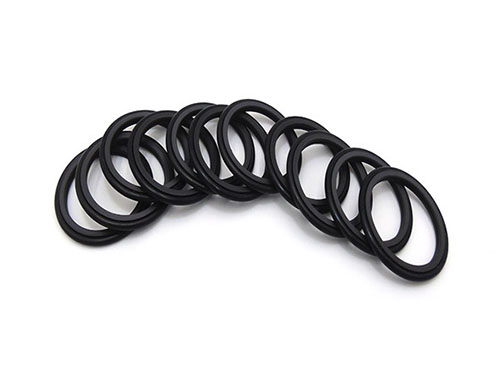The material and process of automotive rubber seals are important factors to ensure the sealing performance of automobiles. Here is a detailed analysis of these two aspects:
A, automotive rubber sealing strip material
The main material of automotive rubber seals is rubber, which can be divided into a variety of types, each type has its unique performance and application scenarios:
Vulcanized rubber seal belt:
Main material: EPDM
Performance characteristics: ozone resistance, weather resistance, high and low temperature resistance, excellent chemical stability
Application scenarios: Widely used in various sealing parts of automobiles, favored for its excellent comprehensive performance
Silicone rubber seal:
Performance characteristics: high temperature resistance, ozone resistance, good hydrophobicity and permeability
Application scenario: Suitable for ultraviolet strong and medium and high-rise building environment, but the mechanical strength is relatively low, oil resistance

Neoprene seal:
Performance characteristics: oil resistance, heat resistance, acid and alkali resistance, but poor storage stability
Application scenario: Suitable for oil and heat resistant environment
Nitrile rubber seal:
Performance characteristics: excellent oil resistance and elasticity, but not resistant to ketones, esters and chlorohydrocarbons, cold resistance and low temperature performance is poor
Application scenario: Suitable for the environment with special requirements for oil and solvent
Thermoplastic elastomer sealing tape:
Performance characteristics: excellent elasticity and wear resistance, excellent cold resistance, chemical corrosion and recyclability
Application scenarios: Widely used in a variety of complex environments, such as frequent earthquake areas
Thermoplastic vulcanized rubber (TPV) sealing tape:
Performance characteristics: combining the softness of rubber and the processability of plastic, environmental protection and recyclable, good heat resistance
Application scenario: Favored for its unique performance combination
Plasticized polyvinyl chloride (PPVC) sealing tape:
Performance characteristics: cheap and durable, but easy to age, hard and brittle, not resistant to aging and bad weather
Application scenario: Suitable for basic indoor environment
Surface coated seal:
Features: Wear resistance and smoothness of the seal through coating technology
Application scenarios: Often used in sliding parts of doors and Windows requiring special surface treatment
Two, automotive rubber sealing strip technology
The production process of automotive rubber seals involves multiple steps, mainly including material preparation, extrusion, vulcanization and post-processing, etc. :
Material preparation:
The selection and formulation of rubber materials is the first step in production. According to the required performance and application scenarios, choose the right type of rubber and add the right amount of additives.
Extrusion molding:
The rubber material is heated and extruded by an extruder to form a continuous sealing strip shape. In this process, parameters such as extrusion temperature, pressure and speed need to be controlled to ensure the dimensional accuracy and surface quality of the sealing strip.
vulcanization:
vulcanization is an important processing process of rubber materials, through vulcanization can form a cross-linked structure between rubber molecular chains, thereby improving the strength and stability of rubber. The vulcanization process can adopt continuous vulcanization process, such as microwave-hot air vulcanization, salt bath vulcanization and boiling bed vulcanization.
After processing:
The vulcanized seal needs to be cut, trimmed and inspected after processing. In this process, it is necessary to ensure that the size of the seal meets the requirements, the surface is flat without defects, and has good sealing performance.
Installation and fixing:
Sealing strip installation is also an important part of its process. Depending on the application scenario and installation requirements, you can use different installation and fixing methods, such as clamping parts, using adhesives, or adhesive tapes.